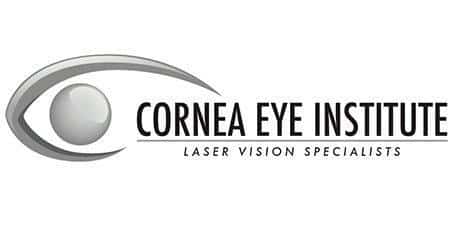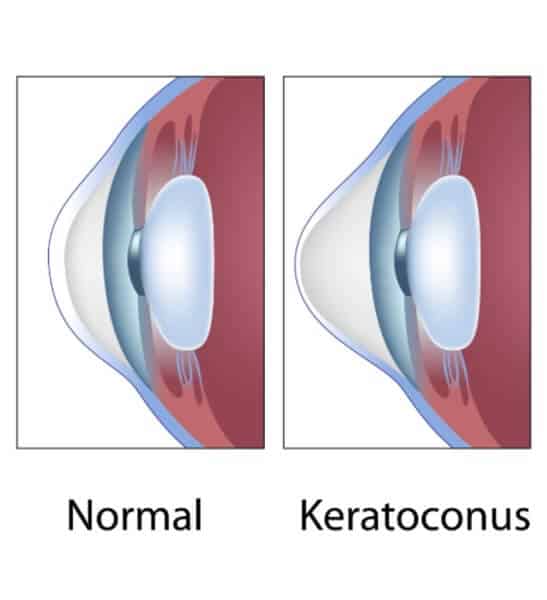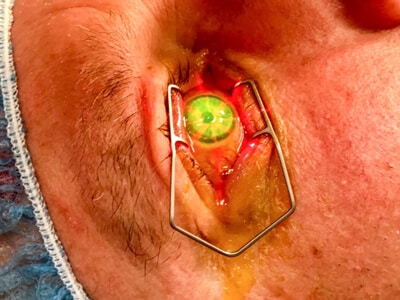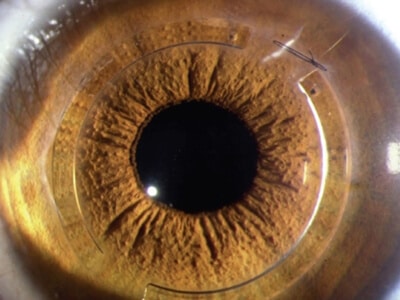

Beverly Hills, California area patients dealing with blurred vision and streaking lights, may have Keratoconus. This condition can be treated at the Cornea Eye Institute under the care of Dr. Gaster, a leading ophthalmologist and surgeon.
People see through the cornea, a clear outer lens in the front of the eye. In most cases, the cornea is dome-shaped, like a ball. Occasionally, the structure is not strong enough to sustain this round shape and the cornea bulges outward, similar to a cone. This is keratoconus.
Tiny fibers of collagen protein help the cornea to keep its shape and stop it from bulging. When these fibers are weak, they cannot maintain the shape and the cornea gets more and more cone shaped. Keratoconus is caused by a reduced amount of the corneal protective antioxidants. The cornea cells make damaging by-products, similar to exhaust from a car. For most, antioxidants rid a person of these by-products and protect the fibers. If antioxidant levels are low, the collagen weakens and the cornea bulges out. Keratoconus appears to be hereditary. The condition progresses more quickly in those with specific medical issues, including particular allergic conditions. Keratoconus usually begins in teenagers. It can, however, develop in children or those up to age 30. The changes can occur quickly or could develop over several years. The changes can cause symptoms like blurred vision, glare and halos at night, and the streaking of lights.


Changes from Keratoconus can occur quickly or develop over several years. It is a bilateral condition, but can be very asymmetric, and it progresses more quickly in those with certain medical issues, including severe allergic conditions. It usually begins in teenagers, but can also develop in children and up to age 30.
Symptoms include blurred vision, glare and halos at night, and the streaking of lights. These symptoms can initially improve with the use of glasses, and later on a rigid gas permeable (or hard) contact lens. However, as the condition progresses and the cornea bulges forward, it becomes more difficult and uncomfortable to fit the contact lens and other treatments are needed.
Treatment will usually begin with new eyeglasses. If eyeglasses do not offer the necessary vision correction, then contact lenses will typically be recommended. Usually, rigid gas permeable contact lenses are used. New eyeglasses usually make vision clear again in mild cases. Over time however, it will typically be necessary to use contact lenses or get other treatments which can strengthen the cornea. A specialized procedure called PTK can smooth out the scar and improve contact lens comfort. A treatment known as cornea collagen crosslinking can be very effective in preventing progression. Intacs are implants which are placed beneath the surface of the cornea to lessen the cone shape and restore vision. If none of these work, a cornea transplant is the last step. The center of the cornea is removed and replaced with a donor cornea. Afterward, contact lenses are used to correct vision.

Other treatments include:
To learn more about the latest Keratoconus treatment options, please click HERE.